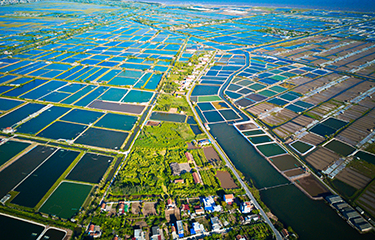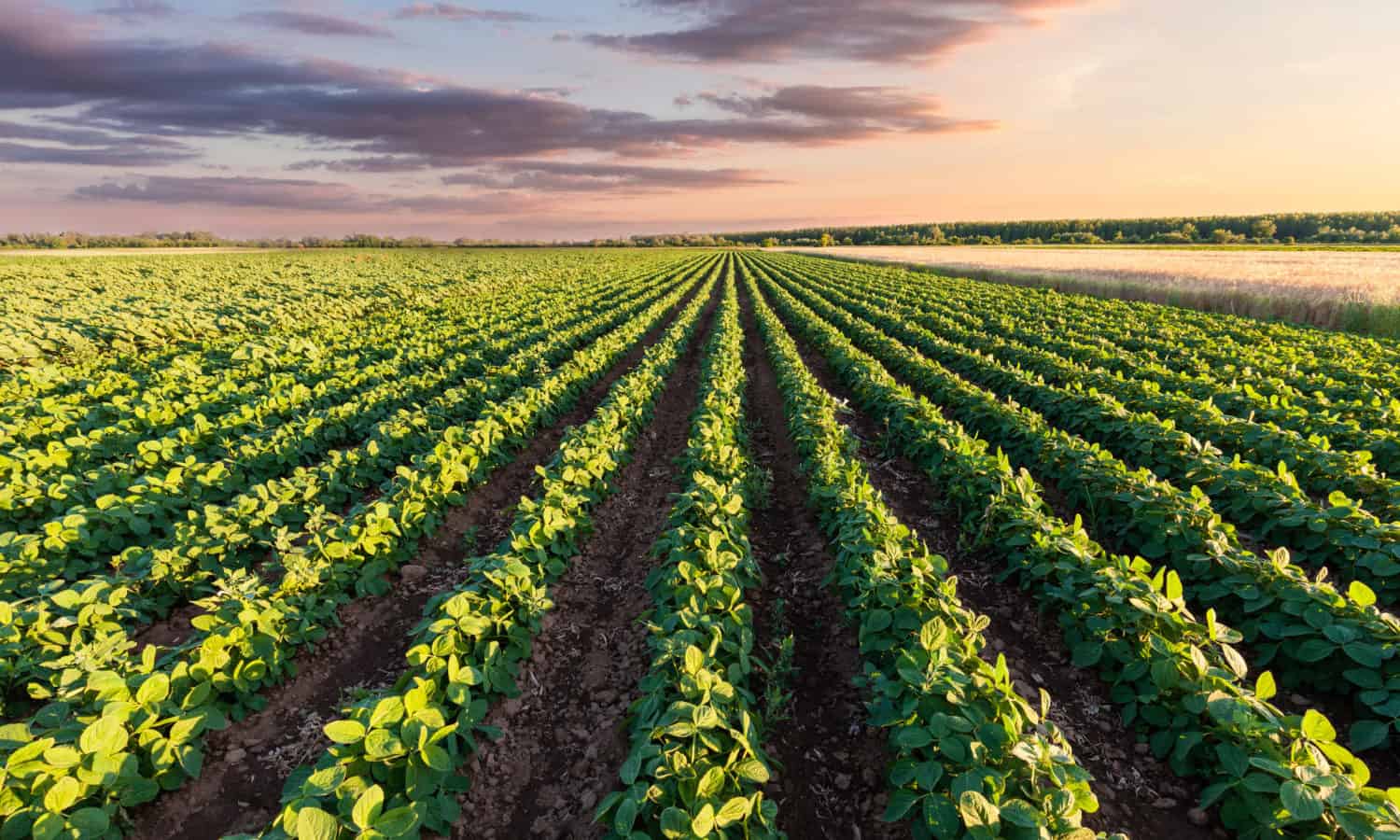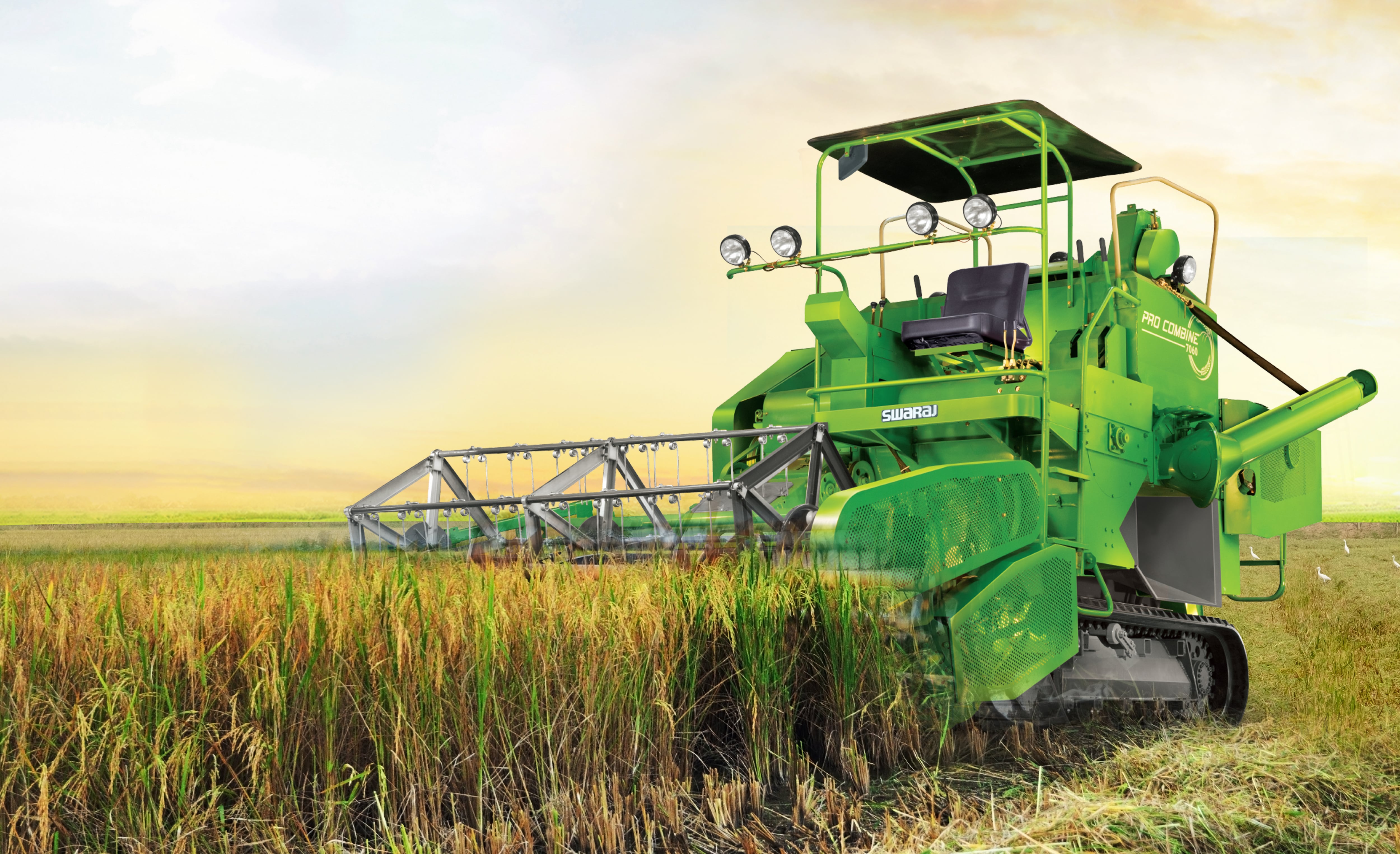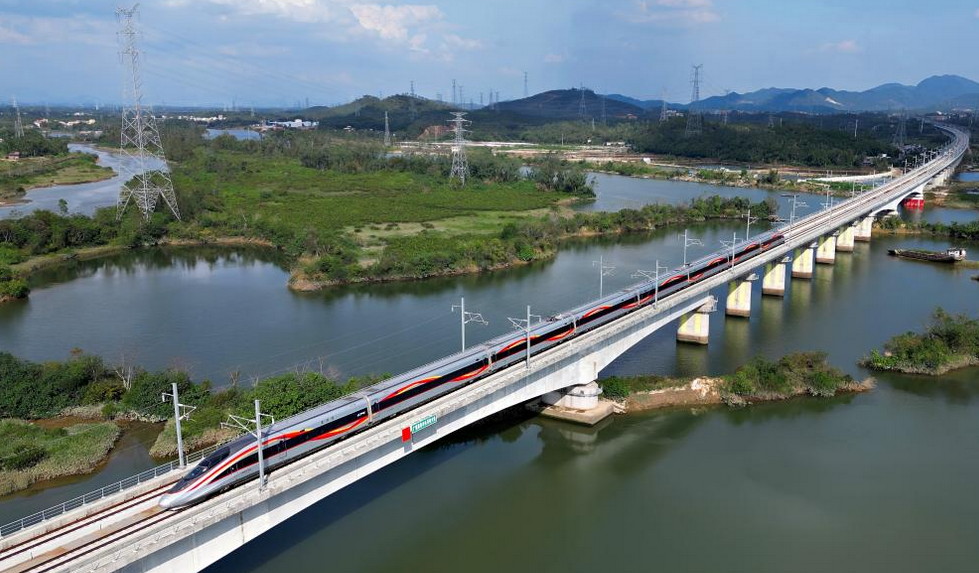When you live in farm country, it is common to see a tractor pulling an implement through a field – but this one is different and is certainly a head turner. Because there is no driver. You read that right. The tractor drives itself.
Crowds from all over gathered in early July to see it for themselves. It was the Midsouth debut of John Deere’s fully autonomous 8R tractor. The event was hosted by Greenway Equipment, Inc. at the Greenway Technology Farm, just off U.S. Hwy. 567 in Newport, Ark.
Ag tech experts and representatives from both John Deere and Greenway were on hand to answer questions for the unveiling of the new age technology. Some onlookers were simply awestruck, while others seriously contemplated the possibilities of incorporating this technology on their farming operations.
“A lot of the value in autonomy is what you are able to do while you are not sitting in that tractor,” said Bryan Thul, John Deere Product Manager for Autonomy.
Modern agricultural revolution
The development of the autonomous tractor reflects technological progressions at John Deere that date back to the early 2000s. Since then, advancements like AutoTrac Turn Automoation, AutoPath, and John Deere Operations Center have been integrated into the day to day of farming.
For years, farmers have relied on these technologies to improve workflow and farm management with features like auto-steer, satellite mapping, and real-time data capture. Each of these components are foundational to John Deere’s autonomous technology.
Packaged together with cutting-edge innovation and artificial intelligence, you get a tractor that drives itself and the monumental potential to further revolutionize modern agriculture.
The autonomous tractor can be activated for operation in two ways. The farmer can utilize the Operations Center, either by mobile device or offboard through the internet – before they even get to the field. Autonomy can also be activated manually inside the tractor cab.
Once autonomy is turned on, everything else is executed through Operations Center Mobile. In the app, the tractor starts with the click of a button.
Of course, safety is paramount when turning equipment loose and leaving it unattended in a field.
Safety-driven operations
The tractor will not start unless the farmer is within a 1,500-foot range. “This is a safety feature to ensure there is no one underneath the tractor,” Thul said.
Once started, the machine can operate independently in the field, without the supervision of the farmer, and will report any issues or obstacles directly through Operations Center.
Upon ignition, the tractor’s horn sounds and lights flash as a warning sequence to alert that the equipment is preparing to accelerate. As the tractor rolls, it follows the path mapped in the Operations Center. Row after row, it turns on its own until reaching the predetermined endpoint in the field.
A farmer can stop the tractor at any time. Or the tractor can be directed to stop at the end of the current row or end of the next row, which is ideal for refueling or to perhaps grab your lunch out of the cab.
Again, as the tractor moves through the field, safety calls the shots. There are 16 cameras mounted on the roof of the tractor to provide a 360-degree view around both the tractor and tillage equipment. These cameras are powered by artificial intelligence, constantly working as a “safety shield” to detect any obstructions in the field.
Detection and recognition include exterior obstacles like fence lines or ditches, as well as interior objects like power poles, wellheads, or windmills. If the tractor encounters such an obstacle, it either stops immediately or reroutes.
In either event, the farmer immediately receives an alert along with an image of the obstruction.
“Autonomy is based in and requires connectivity so that images can be sent at lightening speed to a farmer,” Thul said.
The AI-powered cameras can also distinguish between those major obstacles versus smaller items like grocery bags, soda cans, and even small animals that leave the frame of the camera. In this case, a farmer will not receive an alert.
“We do not want to bog down a farmer’s time with constant alerts,” Thul said. “It only sends an alert if it is something the farmer has to interact with or compensate for due to a reroute.”
The tractor can be operated at night, in the dust or in light rain. Thull said the technology has proven to work well when tested in dusty conditions. As for rain, once enough water accumulates on the camera lenses, the tractor stops on its own.
“Remember, the cameras are its eyes,” Thul said.
Unlimited potential of autonomy
The autonomy package is available for select John Deere tractor models, from the latest releases to those dating back to 2020. Currently, only tillage implements are compatible with the technology, but extended compatibility is on the horizon.
Thul said eventually, autonomy will be available for equipment and implements from planting and spraying all the way through harvest.
Pre-orders for the available technology are expected to roll out Fall 2025. For those interested in pricing and availability, Thul recommends reaching out to your local John Deere dealership.
Source - https://www.farmprogress.com













